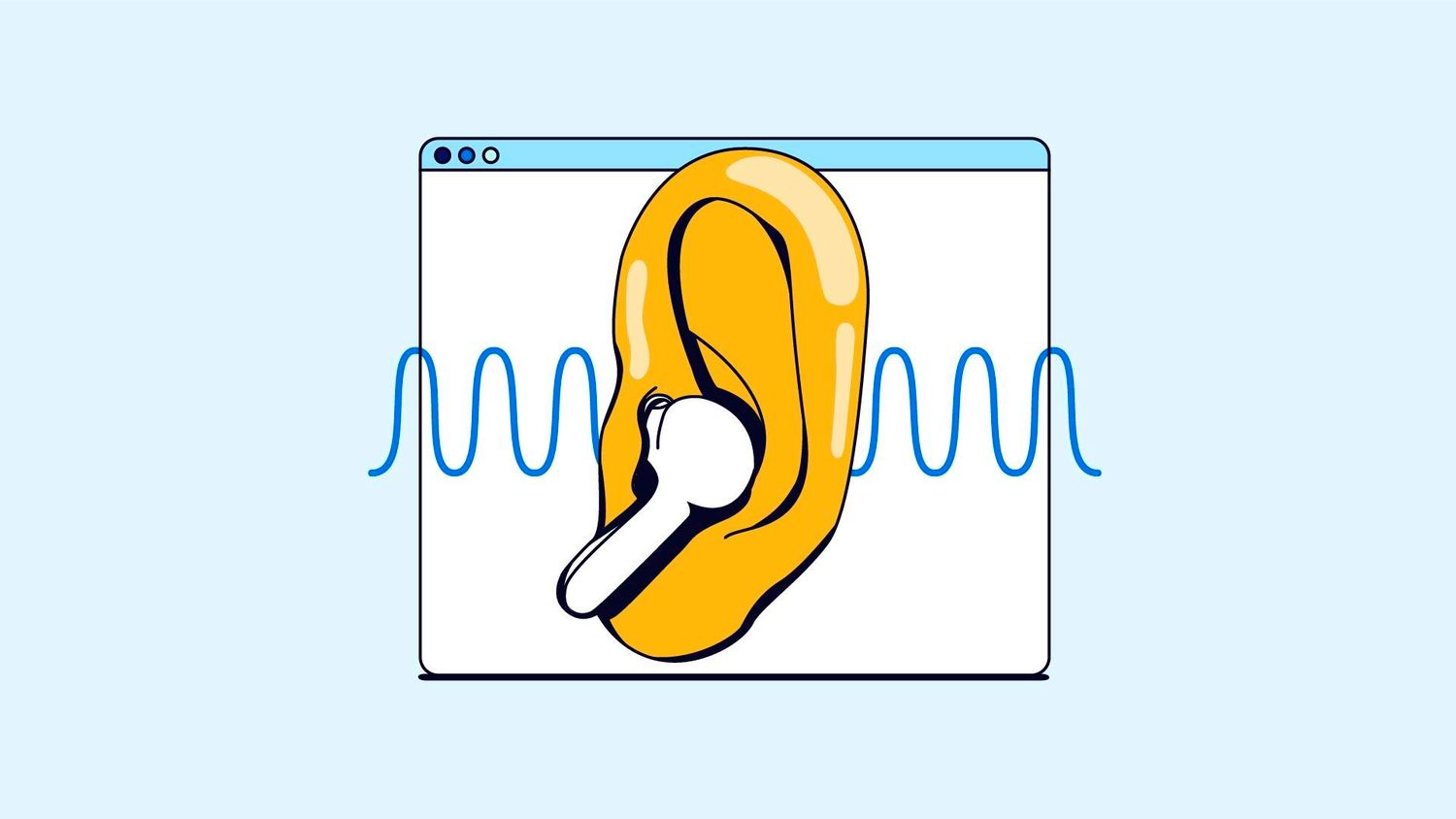
Share:
In an age of constant distractions and fragmented media habits, one channel captures audience attention in unexpected ways. It stands out by engaging listeners in moments when they are otherwise hard to reach — often when screens are off. Whether through podcasts, streaming music, or digital radio, audio is proving to be a powerful and connective medium that marketers can’t afford to ignore.
The numbers don’t lie. As new data shows, audio is a growing channel for consumers and has increasingly become a part of everyday life. For instance, the average U.S. listener spends 50 minutes each day with podcasts,1 with over 540 million global podcasts to choose from — a number that’s up 50% since 2020.2
In Australia, for example, people engage with an average of five different media channels each day — and audio ranks second at 66%, trailing only social media, according to new data from The Trade Desk Intelligence team and PA Consulting.3
Meanwhile, in the U.S., it’s estimated that 229 million people (67% of the population) listened to digital audio in 2024. That number is projected to grow to 237 million people by 2027.4
What sets audio apart isn’t just its reach. It’s how and when people listen, often accompanying them during personal moments, from morning routines and commutes to workouts or relaxation rituals. Unlike visual media, audio doesn’t require full attention to be impactful, yet often ends up capturing it anyway.
What audio brings to the table
Audio thrives on immersion and intimacy. Whether it’s a calming playlist, an energizing podcast, or a gripping audio book, the medium resonates with listeners on an emotional level. This creates an opportunity for brands to connect with audiences when they’re most receptive, whether they’re focused or alone with their thoughts.
Our recent study — which was conducted among more than 2,000 consumers in Australia — finds audio ads excel in driving long-term memory retention, motivation, and brand recall. Podcasts draw strong engagement, with 26% of listeners strongly remembering ads. About 31% said they highly trust the ads heard on podcasts too. Spoken-word content commands even more focus than music, but both formats offer value: Music sets the mood and keeps listeners company (64% of those surveyed said they stream it for this reason, while 80% said they listen for background noise).
Music’s nonvisual nature enables reach in moments other media cannot
- %
- are engaged with streamed music content
- %
- stream music to unwind/relax
- %
- listen to be kept company
But when it comes to spoken-word content, about 96% of respondents said they are fully engaged and 69% listen with no other media in the background. About 70% of podcast listeners tune in to content while alone.
Spoken word keeps audiences informed — and engaged — throughout their day
- %
- are engaged with spoken word content
- %
- listen to stay up to date
- %
- listen with no simultaneous media
However, the research showed audio ads must not disrupt the audio experience, particularly among paying customers. The ads’ integration must feel natural, unobtrusive, and align with the tone and mood of the moment.
How audio ads stand out in the crowd
Compared to other formats, audio offers clear cognitive and emotional advantages that make it a standout channel in an omnichannel strategy. The study showed that when audio is included, it delivers 3.4 times greater connection with brands to build stronger brand affinity. It also leads to 1.9 times higher immersion, effectively helping audiences better understand and internalize advertising messages.
Also, according to the research, when audio is part of an omnichannel campaign it enhances the value of other channels. For instance, when paired with digital out-of-home (DOOH), connection and encoding soar.5 Plus, consumers can process greater detail on audio, which improves recall across other channels as well.
How audio drives impact in omnichannel strategies
- x
- Greater connection — which means 3.4x stronger ability to build brand affinity
- x
- Greater immersion — which means your message is almost twice as likely to be understood and internalized
- x
- Less cognitive load — which means almost three times less mental effort required to understand your message
Audio’s ability to blend into daily life makes it one of the few channels where consumers are a captive audience. Unlike social media, where users may scroll past content subconsciously, audio often meets the audience in undistracted moments.
Sucharita Kodali, vice president and principal analyst at Forrester, said she’s not surprised by the findings, noting that “radio ads have been useful media vehicles forever.”
Koen Pauwels, associate dean and marketing professor at Northeastern University’s D’Amore-McKim School of Business, agreed, acknowledging how audio ads can also reach consumers, particularly during moments when their hands and eyes are occupied, such as commuting with a podcast or tackling chores along to a music playlist. In these situations, people are less inclined to immediately look up a brand on their phone or computer.
“Audio ads are often a welcome diversion from the activity, and the lower mental load eases immersion and the strengthening of long-term memory structures with the brand,” he said. “Audio ads also can and do stimulate consumers to visit physical stores.”
He added: “The power of audio has long been underestimated, likely due to the obsession with immediate online sales results in digital advertising.”
Why this matters to marketers
In the past, marketers leaned heavily on a multichannel strategy, spreading media buys across different platforms in isolation. But as consumer behavior becomes more complex, omnichannel strategies that center the audience rather than the platform are becoming more effective. Coordinated campaigns that align tone, timing, and messaging across audio, connected TV (CTV), display, and DOOH are showing significantly better results in reducing ad fatigue, improving engagement, and delivering return on investment.
Discover more benefits of audio

When audio is used intentionally in these campaigns, our research found, it functions as more than just a supporting channel — it becomes a mood-setter and memory trigger. Running audio in the morning, for instance, primes audiences for follow-up ads on DOOH or social platforms later in the day. Ahead of major cultural or sporting events, audio can also set the tone by creating anticipation and brand association at key emotional peaks.
Additionally, according to EMarketer, consumers in 2024 spent 2 hours and 42 minutes a day with audio — 21.4% of total media time — yet advertisers allocated just 4.5% of U.S. ad spend to the channel. That’s 5 cents in ad sales per hour of listening, compared to 28 cents for digital video and 60 cents for social.6 For marketers, there’s a clear opportunity to tap into an underinvested, highly engaged audience.
The buzz around audio is only growing. As consumers tune in more than ever, audio is becoming a cornerstone of modern marketing by reaching people in moments when they’re, quite literally, all ears.
Sources:
1. EMarketer, U.S. Digital Audio Forecast Overview 2024, November 2024.
2. The Trade Desk Intelligence and PA Consulting, The Untapped Opportunity of Omnichannel Study, Australia, January – March 2025.
3. PrioriData, January 2025.
4. EMarketer Forecast, U.S., August 2023.
5. Two of six metrics measured in The Trade Desk Intelligence and PA Consulting, The Untapped Opportunity of Omnichannel Study, Australia, January – March 2025: Connection: Is there a deeper affinity to the brand? An indicator of intent; Encoding: Is the brand/ad being committed to memory? An indicator of product/brand link.
6. EMarketer, Audio generates relatively little ad revenues per listener and time spent, April 2024.
More like this
Insights Data and measurement
Why your ad’s environment is your competitive advantage

Insights Omnichannel
For pharma marketers, connecting with HCPs starts with understanding their day

Insights Our platform
Webinar: A framework for driving performance with programmatic

